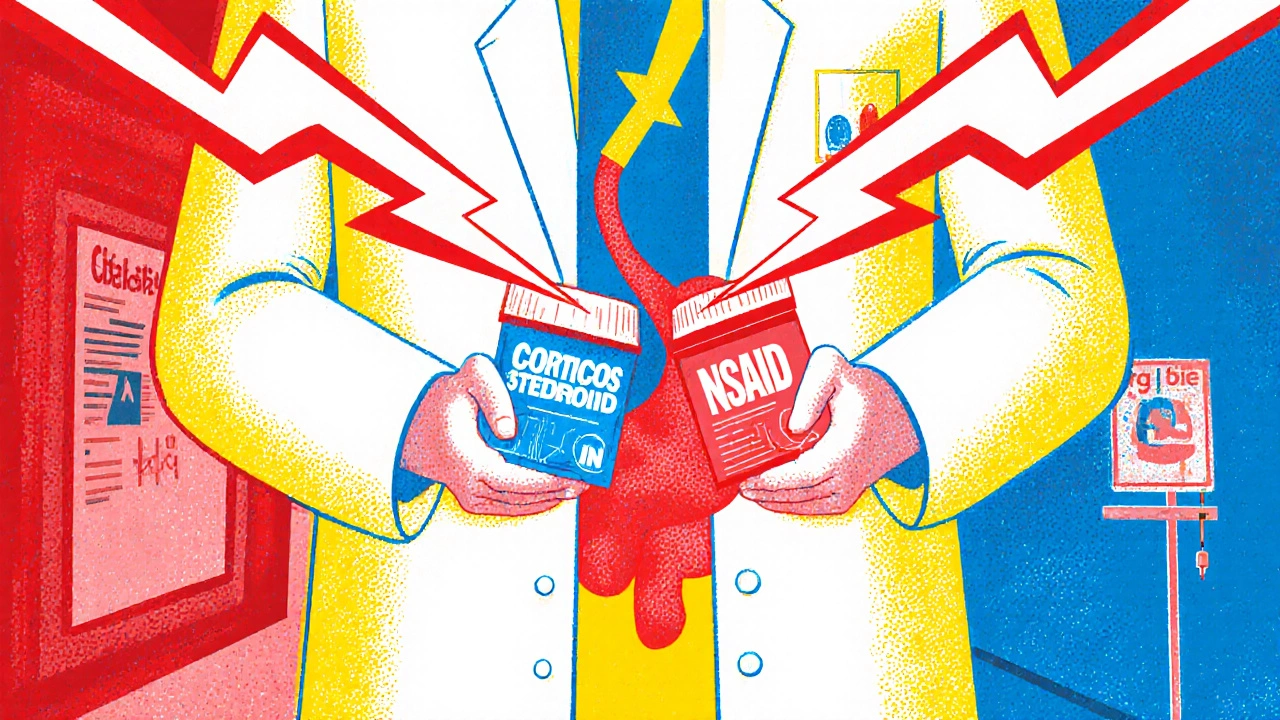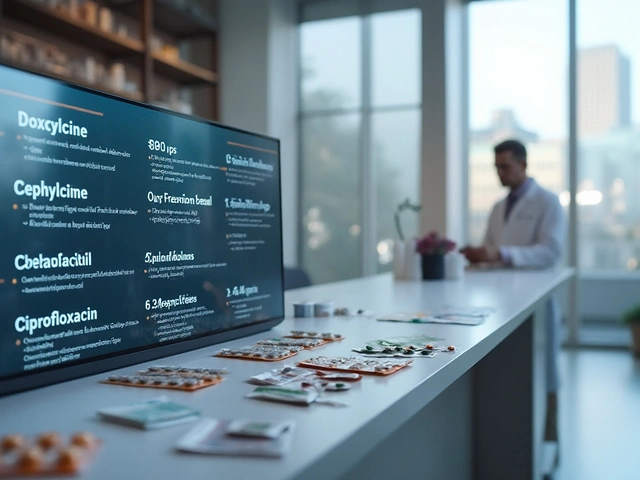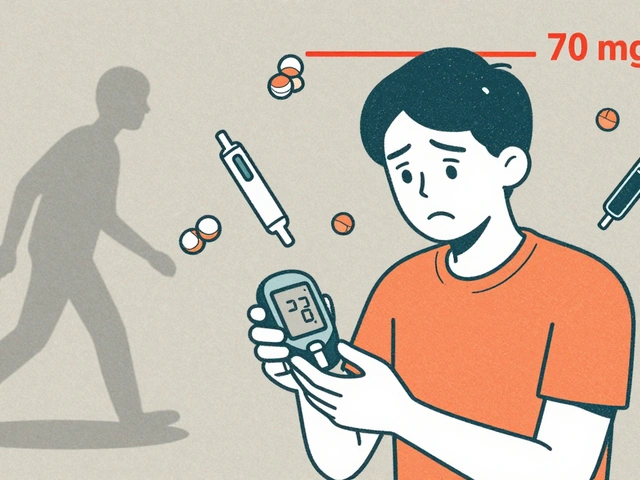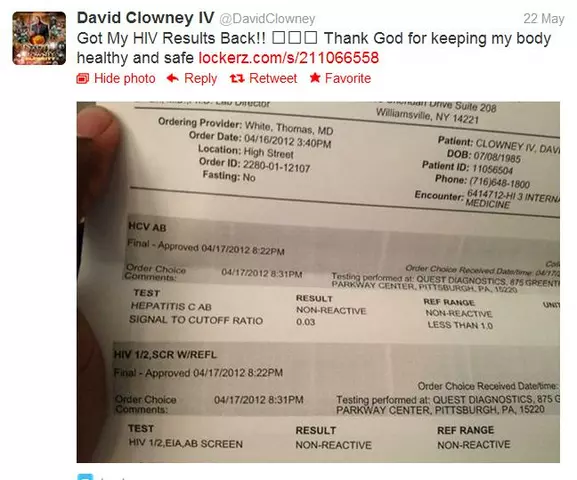NSAID Steroid GI Bleeding: Risks, Links, and What You Need to Know
When you take NSAIDs, nonsteroidal anti-inflammatory drugs used for pain and swelling. Also known as nonsteroidal anti-inflammatories, they help with arthritis, headaches, and muscle pain. But if you’re also on corticosteroids, prescription anti-inflammatory drugs like prednisone used for autoimmune conditions or severe allergies. the risk of gastrointestinal bleeding, a serious condition where the stomach or intestines start bleeding. jumps significantly. This isn’t rare. Studies show people using both together are up to four times more likely to have a bleeding ulcer than those using just one. And it doesn’t always come with warning signs—many people don’t feel pain until it’s serious.
Why does this happen? NSAIDs block enzymes that protect your stomach lining. Corticosteroids thin the lining further and slow healing. Together, they create a perfect storm. Your stomach loses its natural defense, and your body can’t fix the damage fast enough. Even low-dose aspirin or ibuprofen taken daily can trigger this. It’s not just about big doses or long-term use. Sometimes, a few weeks of both drugs is enough. People over 60, those with a history of ulcers, or anyone on blood thinners are at even higher risk. But it can happen to anyone. The combination is dangerous whether you’re treating rheumatoid arthritis, back pain, or an autoimmune flare.
You might not realize you’re at risk until it’s too late. Signs aren’t always obvious—dark stools, vomiting blood, sudden dizziness, or unexplained fatigue can be the first clues. Many assume it’s just a stomach bug or stress. But if you’re on both types of meds, don’t ignore these signals. Talk to your doctor about alternatives. For pain, acetaminophen is often safer. For inflammation, some people benefit from physical therapy, topical treatments, or newer drugs that don’t attack the gut. Your doctor might also prescribe a proton pump inhibitor like omeprazole to protect your stomach—but that’s not a free pass to keep both drugs going long-term.
The posts below dig into real-world cases and comparisons. You’ll find clear breakdowns of how drugs like NSAIDs and steroids interact, what alternatives exist, and how to spot trouble before it becomes an emergency. Whether you’re managing chronic pain, dealing with an autoimmune condition, or just trying to avoid hospital visits, this collection gives you the facts without the fluff. No guesswork. Just what works, what doesn’t, and what you need to ask your doctor next.

- Oct 24, 2025
- Posted by Cillian Osterfield
Steroids and NSAIDs: How to Lower the Massive GI Bleeding Risk
Learn why steroids and NSAIDs together dramatically raise GI bleeding risk and how to prevent it with PPIs, risk calculators, and smart drug choices.
Categories
- Health and Wellness (57)
- Medications (38)
- Health and Medicine (22)
- Pharmacy Services (10)
- Mental Health (5)
- Health and Career (2)
- Medical Research (2)
- Business and Finance (2)
- Health Information (1)
Latest Posts
©2025 heydoctor.su. All rights reserved





